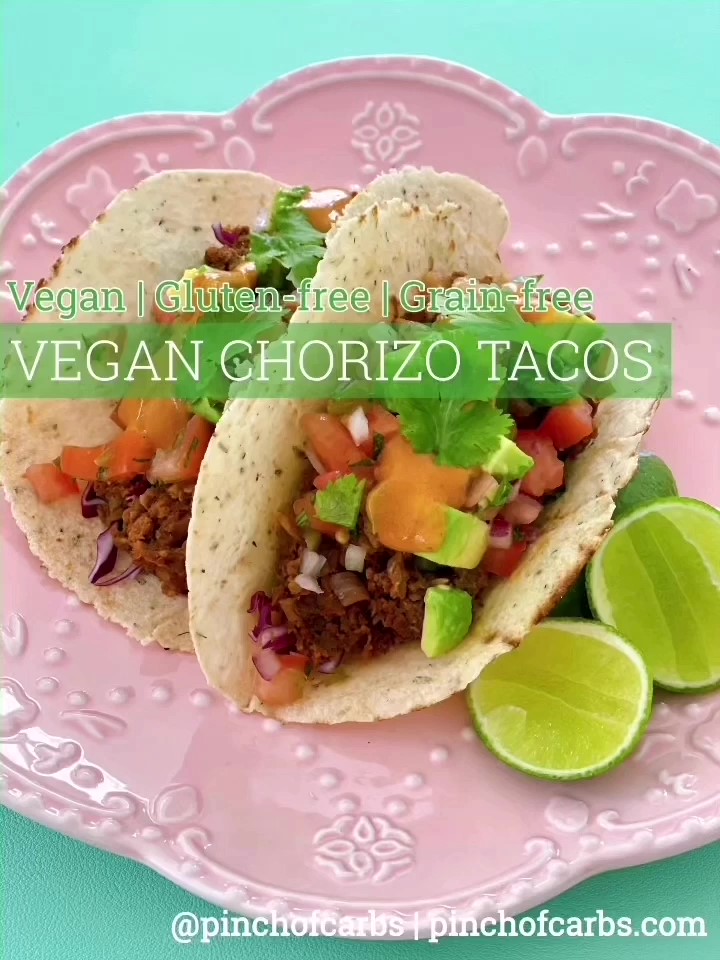

More on the Paleo Diet

By Sarah Garone
Whether you call it the Paleo diet, the caveman diet, or the Stone Age diet, a popular eating plan aims to get you dining like a hunter-gatherer—albeit without the Stone Age utensils.
The Paleo diet is based on the idea that our primitive forebears had the right idea about food.
According to the Paleo philosophy, humans haven’t genetically evolved at the pace of agriculture (which was introduced around 10,000 years ago). Therefore, our bodies don’t benefit from farmed foods like dairy products, grains, and legumes. Proponents of Paleo believe that farmed and processed foods are responsible for many modern-day health woes—and that going without them can improve health in some significant ways.
The Paleo diet was originally popularized by Dr. Loren Cordain, a professor at the University of Colorado. Although Cordain was among the the first to propose the hypothesis that led to the Paleo diet, it has now proliferated around the world in various forms. These days, you can find entire Paleo cookbooks, meal plans, and meal delivery services. Because of this tremendous variety, it can be hard to pin down exactly what “counts” as Paleo, but some general principles of the diet do prevail.
So what exactly does it mean to eat like a caveman, and is the Paleo diet worth a try?
Read on for answers.
What Is Allowed on a Paleo Diet
The basic premise of a Paleo diet is to emulate the eating patterns of people living in the Paleolithic era. Research varies as to exactly what our primitive ancestors ate, but it’s likely that their diet revolved around meat. Therefore, most Paleo diets rely quite heavily on meat.
Steak, ground beef, chicken, turkey, and pork are all encouraged on Paleo, as are fish and seafood. (Eggs are also approved.) Strict Paleo eaters may choose to eat only grass-fed meats, wild-caught fish, and free-range poultry.
Since many farmed foods are off the menu on Paleo, you might expect this diet not to include fresh produce. But numerous fruits and vegetables do make the cut. Berries, apples, bananas, grapes, peaches, melons, and citrus fruits are a great way to take in daily vitamins, minerals, and fibre on Paleo. As for veggies, the list includes cruciferous vegetables like broccoli, cauliflower, and Brussels sprouts, squashes, sweet potatoes, and leafy greens like spinach and cabbage.
For extra fat and protein, you’ll have your choice of nuts and seeds (with one notable exception: peanuts). And you’re free to cook with an array of oils, including coconut oil, olive oil, walnut oil, and avocado oil.
What Is Not Allowed on a Paleo Diet
The Paleo diet is defined not just by what it includes, but by what it excludes—and several foods must stay off a “caveman” plate. Most Paleo adherents steer clear of dairy products like milk, cheese, and butter (though some will consume full-fat dairy from grass-fed animals). Grains such as wheat, rice, couscous, quinoa, and oats are excluded, too, since Paleo proponents say they promote inflammation. Corn, which is considered a “pseudograin,” is also not part of a Paleo diet.
Legumes are also thought to be pro-inflammatory because they contain lectins and phytates—two “anti-nutrients” believed to interfere with nutrient digestion. For this reason, you won’t find beans, peas, lentils, peanuts, or soy products on a Paleo diet. Starchy vegetables like potatoes are something of a gray area. Some Paleo dieters include them, while others don’t.
To eat like a pre-agricultural person, there’s another broad category of foods you’ll need to avoid: high-sugar, processed foods.
Packaged sweets, candies, syrups, and baked goods clearly weren’t around in the Paleolithic era–so they won’t be a part of your diet on Paleo, either. With very few exceptions, sweeteners are limited or eliminated altogether.
For more information about ingredients used on a Paleo diet, you can refer to our Common Ingredients page.
Health Benefits and Uses of the Paleo Diet
The Paleo diet is a relatively new trend, but a considerable amount of research has been conducted on its health benefits. For example, those who stick with the caveman diet may be able to expect weight loss as a result. A 2019 meta-analysis that looked at 24 studies found that people who followed a Paleolithic diet lost a significant amount of weight and reduced their waist circumference.
The evidence for Paleo’s effects on diabetes are somewhat mixed. A 2020 systematic review compared the Paleo diet to other healthy eating plans like the Mediterranean diet and diabetic diet for their impact on blood sugar and insulin levels. This review concluded that there was no major difference between Paleo and the other diets for diabetes management.
However, in another small study from 2009, when subjects ate a Paleo diet for three months, they lowered their hemoglobin A1C—an important measure of blood sugar control in diabetics. The same study showed that Paleo dieters also reduced their blood pressure and triglycerides.
Many people follow a Paleo diet to improve symptoms of inflammation-driven autoimmune conditions like rheumatoid arthritis, thyroid disease, or lupus. Although the research on Paleo for these conditions is limited, replacing sugar and highly processed foods with whole, natural substitutes is a near-guarantee of improving inflammation levels.
Last Word
With its emphasis on whole foods and minimal sugar, the Paleo diet could improve measures of diabetes, promote weight loss, and drive down inflammation. If you’ve decided you’d like to eat like a caveman, let The Un-Possible Kitchen’s products give you a head start!
Article Resources
- de Menezes EVA, Sampaio HAC, Carioca AAF, et al. Influence of Paleolithic diet on anthropometric markers in chronic diseases: systematic review and meta-analysis. Nutr J. 2019;18(1):41. Published 2019 Jul 23. doi:10.1186/s12937-019-0457-z
- Harvard Health Publishing. Foods That Fight Inflammation. August 29, 2020.
- Jamka M, Kulczyński B, Juruć A, Gramza-Michałowska A, Stokes CS, Walkowiak J. The Effect of the Paleolithic Diet vs. Healthy Diets on Glucose and Insulin Homeostasis: A Systematic Review and Meta-Analysis of Randomized Controlled Trials. J Clin Med. 2020;9(2):296. Published 2020 Jan 21. doi:10.3390/jcm9020296
- Klonoff DC. The beneficial effects of a Paleolithic diet on type 2 diabetes and other risk factors for cardiovascular disease. J Diabetes Sci Technol. 2009;3(6):1229-1232. Published 2009 Nov 1. doi:10.1177/193229680900300601
Sarah Garone, NDTR, is a nutritionist, freelance health and wellness writer, and food blogger.
She began her career as a college German instructor, but after taking a break to raise her three children, became fascinated with food and nutrition. She returned to school to earn a degree in nutrition and became a nutritionist licensed with the Academy of Nutrition and Dietetics. Along the way, she started her food and nutrition blog, A Love Letter to Food, where she shares (mostly!) healthy recipes and nutrition information.
As a freelance writer, Sarah writes for a variety of publications on health, wellness, lifestyle, parenting, and Catholic spirituality. She has contributed to outlets such as Healthline, Greatist, Verywell, Brit + Co, Today’s Parent, and the Washington Post. When she’s not writing (or cooking), she teaches a monthly kids’ cooking class called Toddler Test Kitchen.



